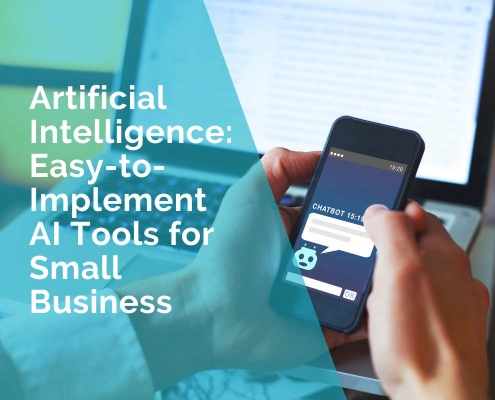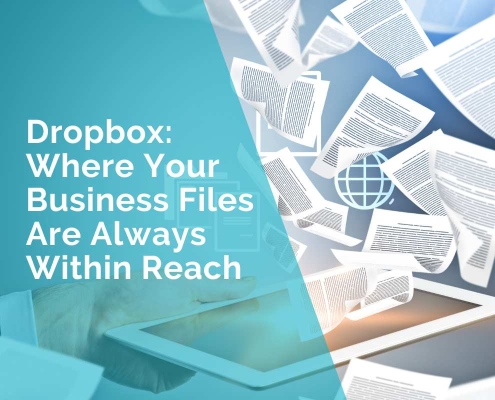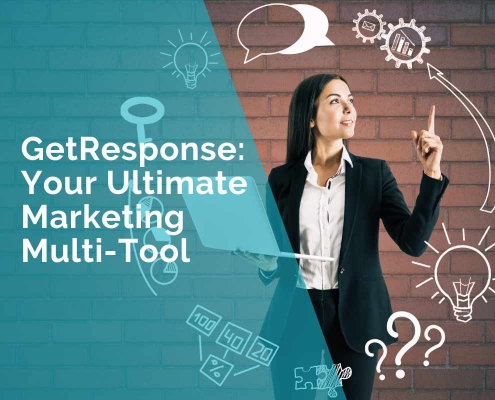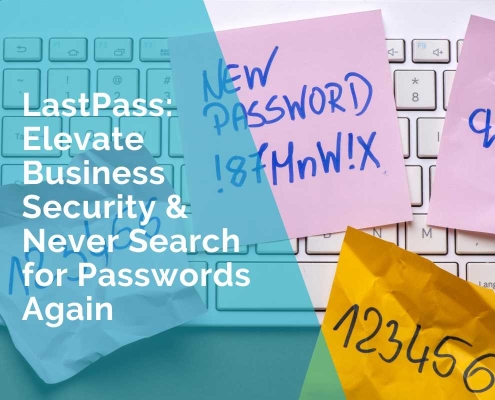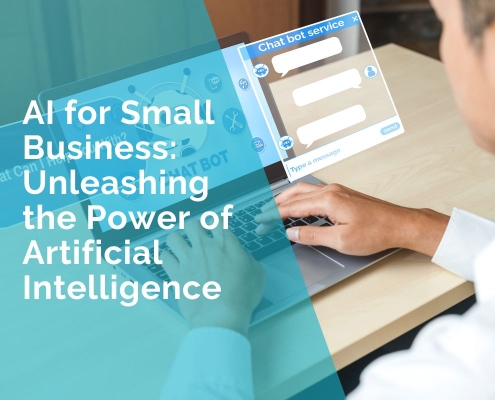Why Small Businesses Are Switching to Headless Browsers for Web Scraping
When running a small business, getting accurate online data, like competitor pricing, customer reviews, or product listings can give you a major edge. But traditional scraping tools (the kind that quickly fetch data from websites) are no longer keeping up with how modern websites work. That’s where headless browsers step in.
What Is Data Scraping?
Data scraping is the automated process of extracting information from websites. Instead of copying and pasting details manually – like prices, reviews, or contact info – scraping tools collect this data at scale. Businesses use scraping to monitor competitors, track trends, gather leads, and stay informed in real time. It’s especially useful when there’s no public API or when information changes frequently.
What Are Headless Browsers?
Think of a headless browser like a robot that browses the web just like a human—clicking buttons, waiting for pages to load, and seeing the full content as it appears in a browser. Tools like Puppeteer and Playwright let you do this automatically.
While they’ve been around for years, these tools have recently become much more reliable and efficient.
Why Traditional Scrapers Are Failing
Most simple scrapers—like those built with BeautifulSoup or requests—no longer work well on today’s websites. A recent study found that they only succeed 61% of the time. On more complex, JavaScript-heavy sites, their success rate drops below 10%.
Headless browsers, on the other hand, managed an 88% success rate across the same tests. Even on websites protected by anti-bot services like Cloudflare or Datadome, headless tools still pulled data over half the time.
What’s Behind This Performance Boost?
The difference is realism.
Many modern websites don’t show content right away. They load parts of the page in the background using JavaScript. Traditional scrapers don’t wait for that—they grab the page too early and miss the good stuff.
Headless browsers wait, click, and behave like real users. That means more complete data and fewer issues.
But What About Cost and Complexity?
Yes, headless browsers use more computer power. If you’re scraping thousands of pages an hour, it might cost more. But for most small businesses, the benefits outweigh the cost.
One tech lead recently shared that switching to a headless setup gave them 23% more data and 15% fewer support headaches. That translated into happier clients and fewer missed opportunities.
However, scraping success also depends on having the right proxy setup. Proxies help you stay anonymous and avoid getting blocked. And choosing the right balance between quality and proxy price is key.
Smarter Strategies Are Emerging
You don’t have to go all-in on headless tools. Many businesses use a hybrid approach: they start with simple scrapers and switch to headless only when needed—like when a page doesn’t load correctly or shows dynamic content.
One open-source tool, RenderChain, does this automatically and cut server costs by 40% in early tests.
Takeaway
If your business relies on scraping online data—and you’re still using outdated tools—it might be time for an upgrade. The internet has changed. Websites are more complex and better protected. But with the right tools and proxies, small businesses can still compete and win.
***************
BZ



